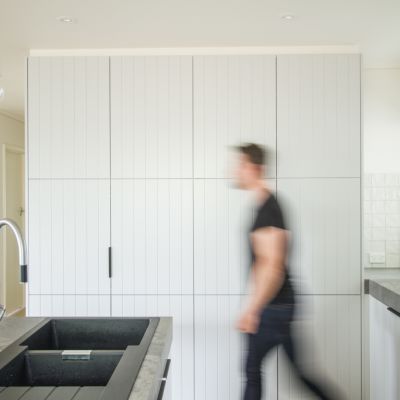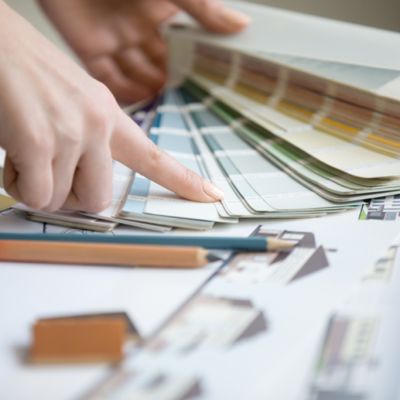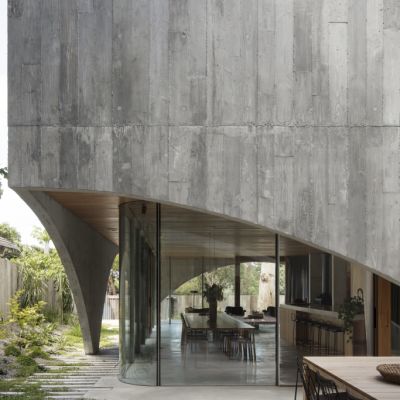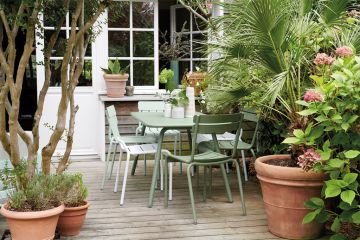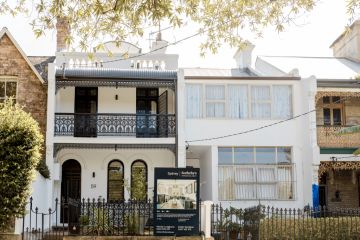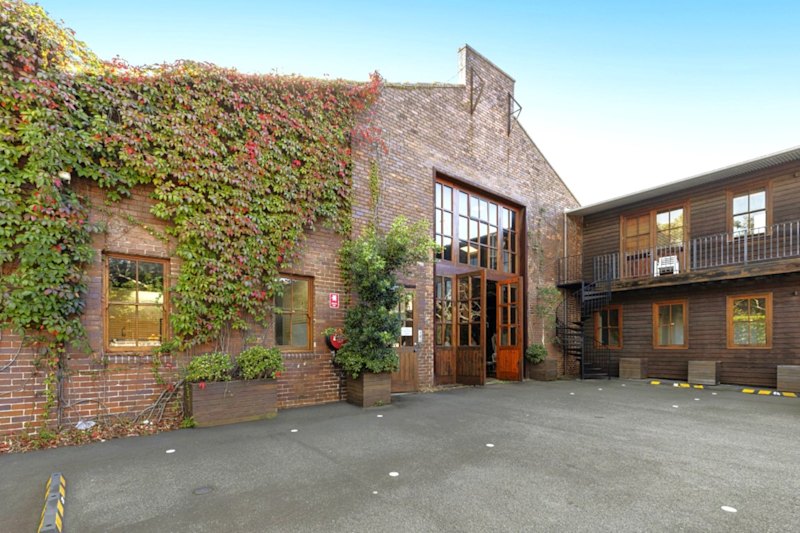To render or not to render: The biggest decision facing renovators of brick homes
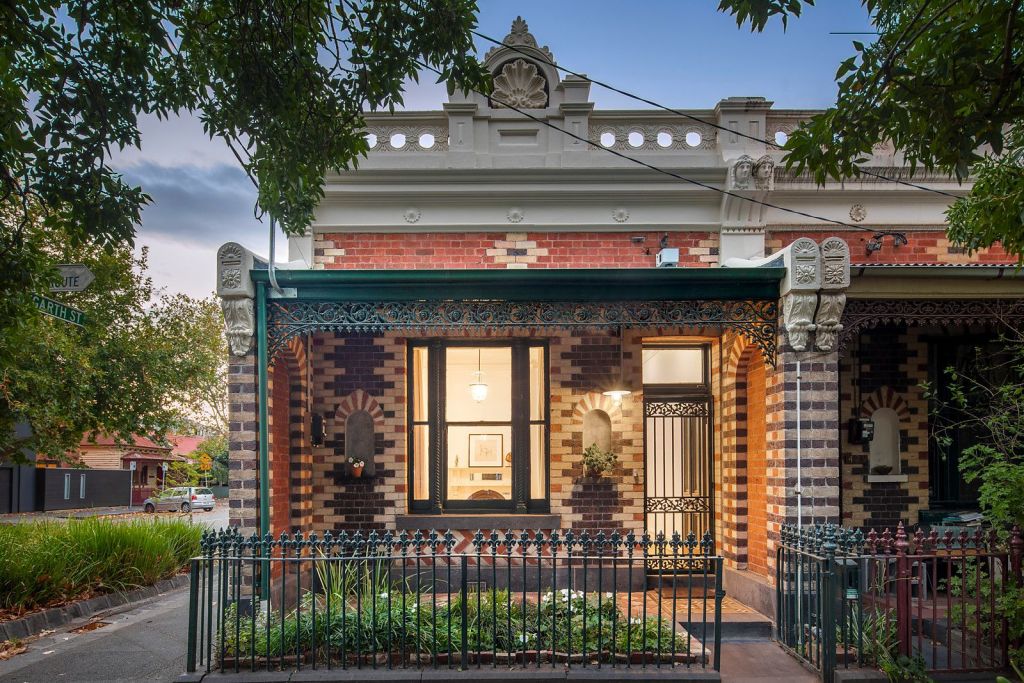
To render or not to render is one of the biggest decisions facing renovators of brick homes.
On the surface, the pros and cons appear to be fairly straightforward. On the plus side, rendering can cover old-fashioned bricks and freshen up the facade. However, on the negative, there is always maintenance to be done because render tends to crack and deteriorate over time.
But it’s often not as simple as that. Rendering won’t deliver the beautiful facade a home owner was hoping for without actually assessing what is wrong with the facade in the first place.
Typically, a renovator will render a blocky 1970s, ’80s or ’90s brick home and not do anything else. Even if they have gone one step further and painted the gutters and front door, or done the garden up a bit, it still ends up looking like the same house, just in a different colour.
Listen to episode five of Somewhere Else :
In part, this is because older style brick houses have those skinny windows, often in bronze or silver-anodised finish or cream powder-coated. This window style usually gives the house quite a flat appearance.
When the house is rendered (even if the windows are repainted), the entire facade becomes one featureless surface with little that adds interest or appeal.
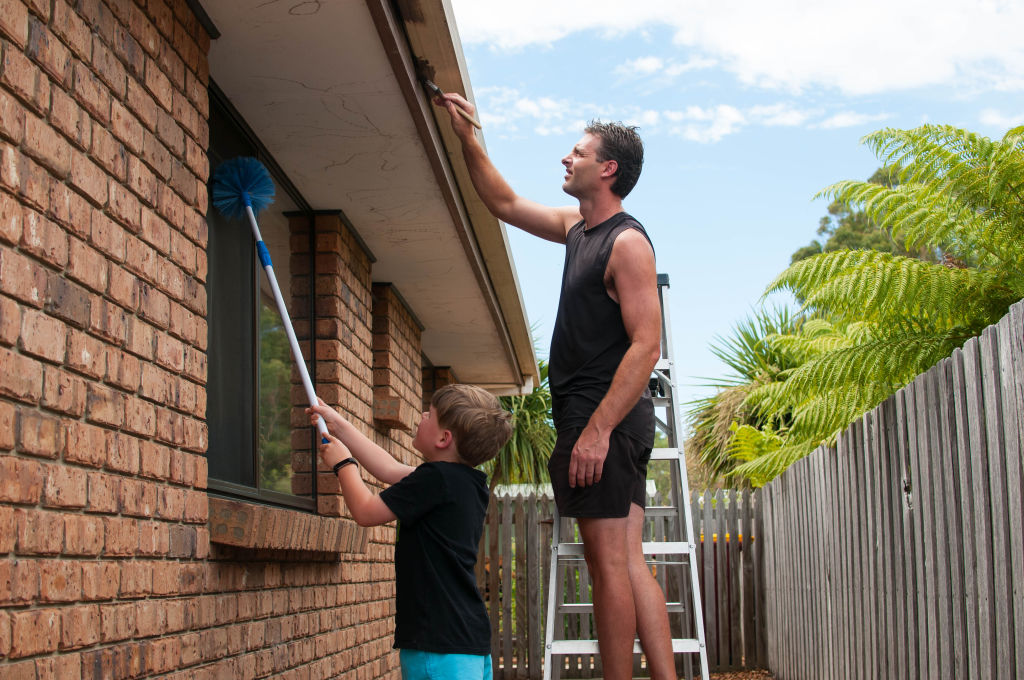
To really give a home a designer-style makeover, begin by determining what aspects of the home aren’t working.
It may not be all the bricks’ fault. For example, a lot of older brick houses don’t have a clear focal point at the front. A good facade design can fix this by incorporating elements that will emphasise the front entrance so that the eye is naturally drawn towards the front door.
Consider adding a feature wall or a portico or some sort of roof structure above the entrance so that the entrance gains some dimension, depth and focus.
The most common reason for rendering is to cover up old-fashioned or unattractive bricks. The downside is that while rendering might give the house a better colour, you lose the visual interest that the mortar lines and texture of the bricks bring.
With a bit of creativity and planning, you can add this texture and interest back into the look of the house by adding some other elements. You might even retain some of the bricks and integrate them into your facade design.

However you choose to update your house, it pays to be respectful of its heritage (yes, even if it’s a ’70s or ’80s box). You can still achieve a modern design, but incorporate some elements that give a nod to the era the house was built in.
For example, you might incorporate door handles from that era or add a timber feature that is both modern and reflective of that time period. It’s not about compromising on a modern look, but about blending the old with the modern to achieve a new one.
Achieving a great facade for an older brick home requires more than just updating the windows, choosing a nice colour for the render and overhauling the garden.
It’s about introducing new materials and combinations of materials in such a way that they transform an otherwise flat and featureless house into something with texture, depth and visual interest.
Jane Eyles-Bennett is one of Australia’s top exterior designers and owner of design firm Hotspace Consultants. Join Jane in her Facebook group Home Renovators Network Australia for design and renovation inspiration and insider tips for your home improvement projects.
We recommend
We thought you might like
States
Capital Cities
Capital Cities - Rentals
Popular Areas
Allhomes
More
